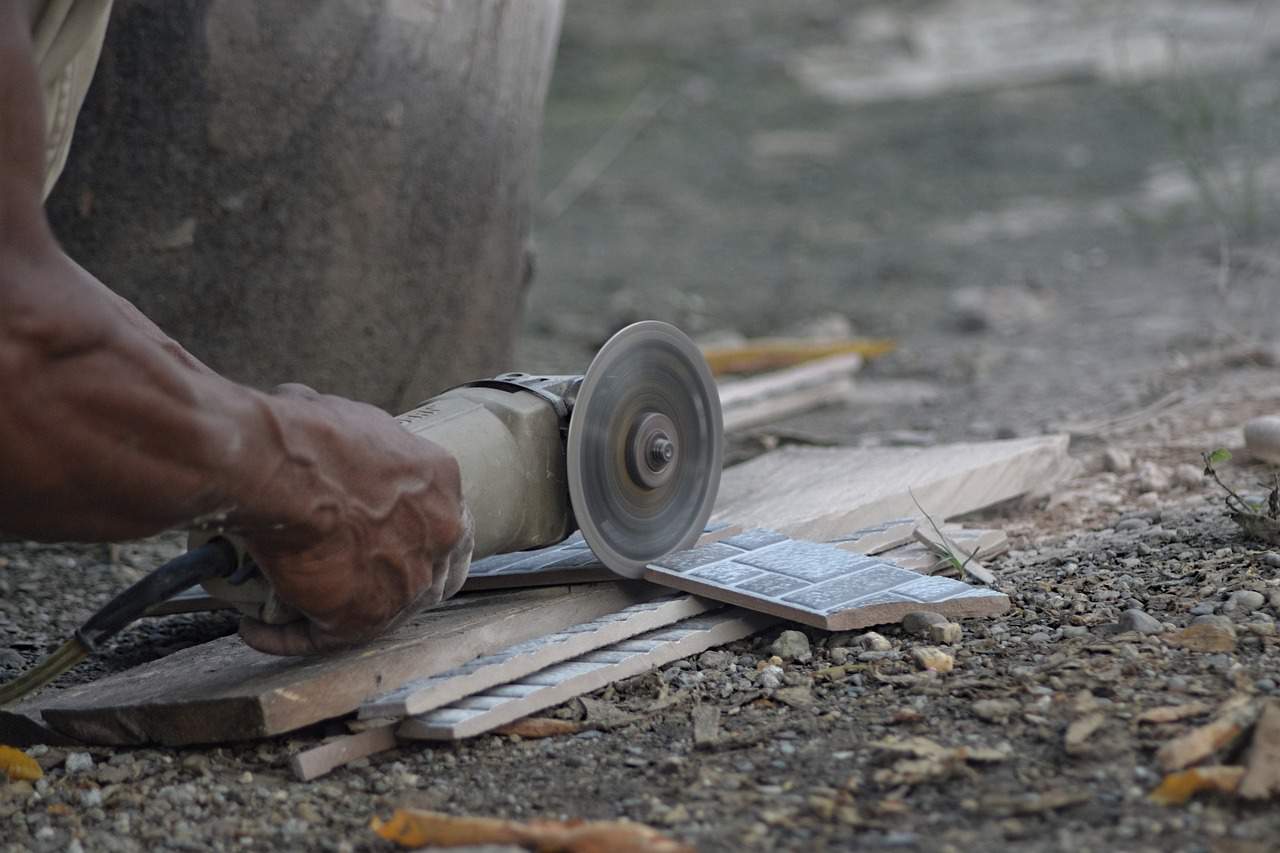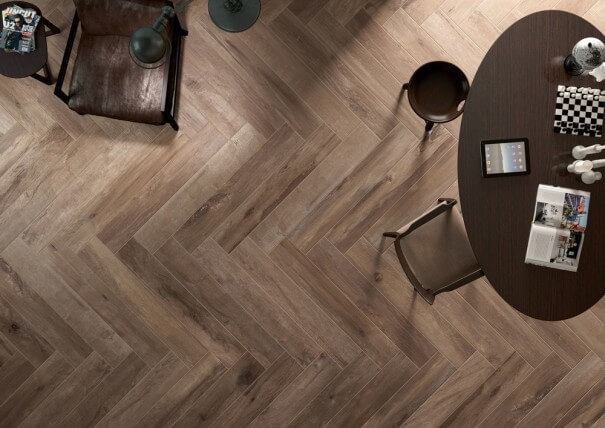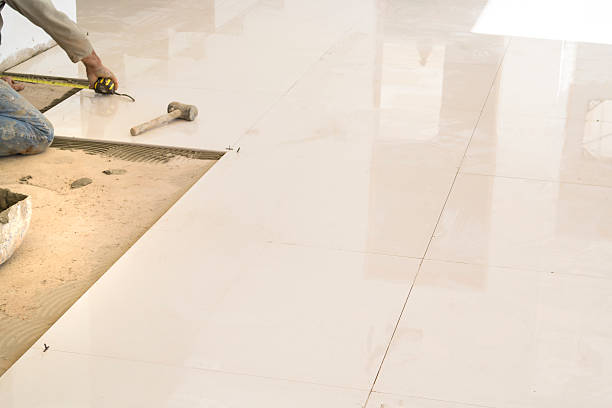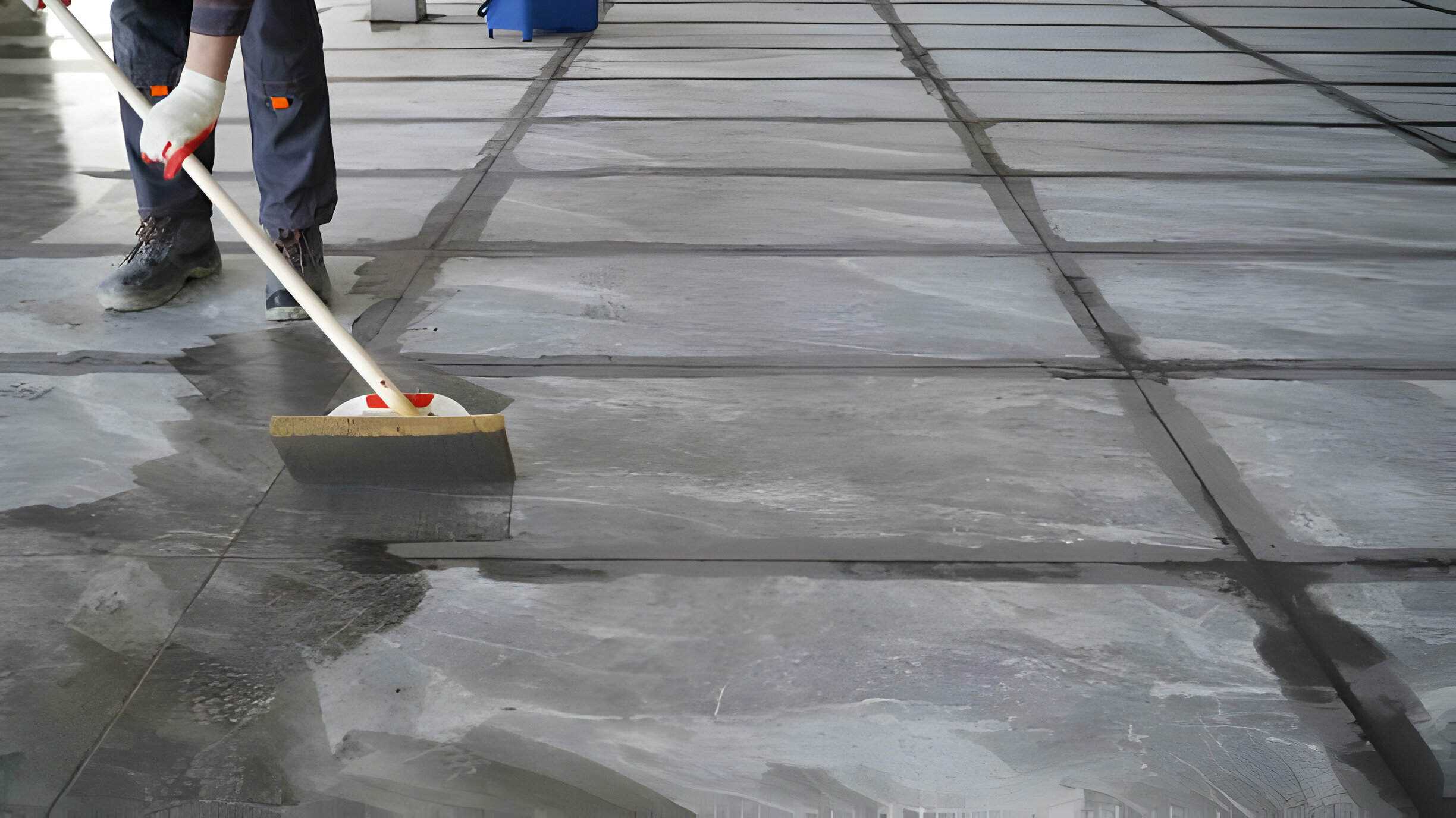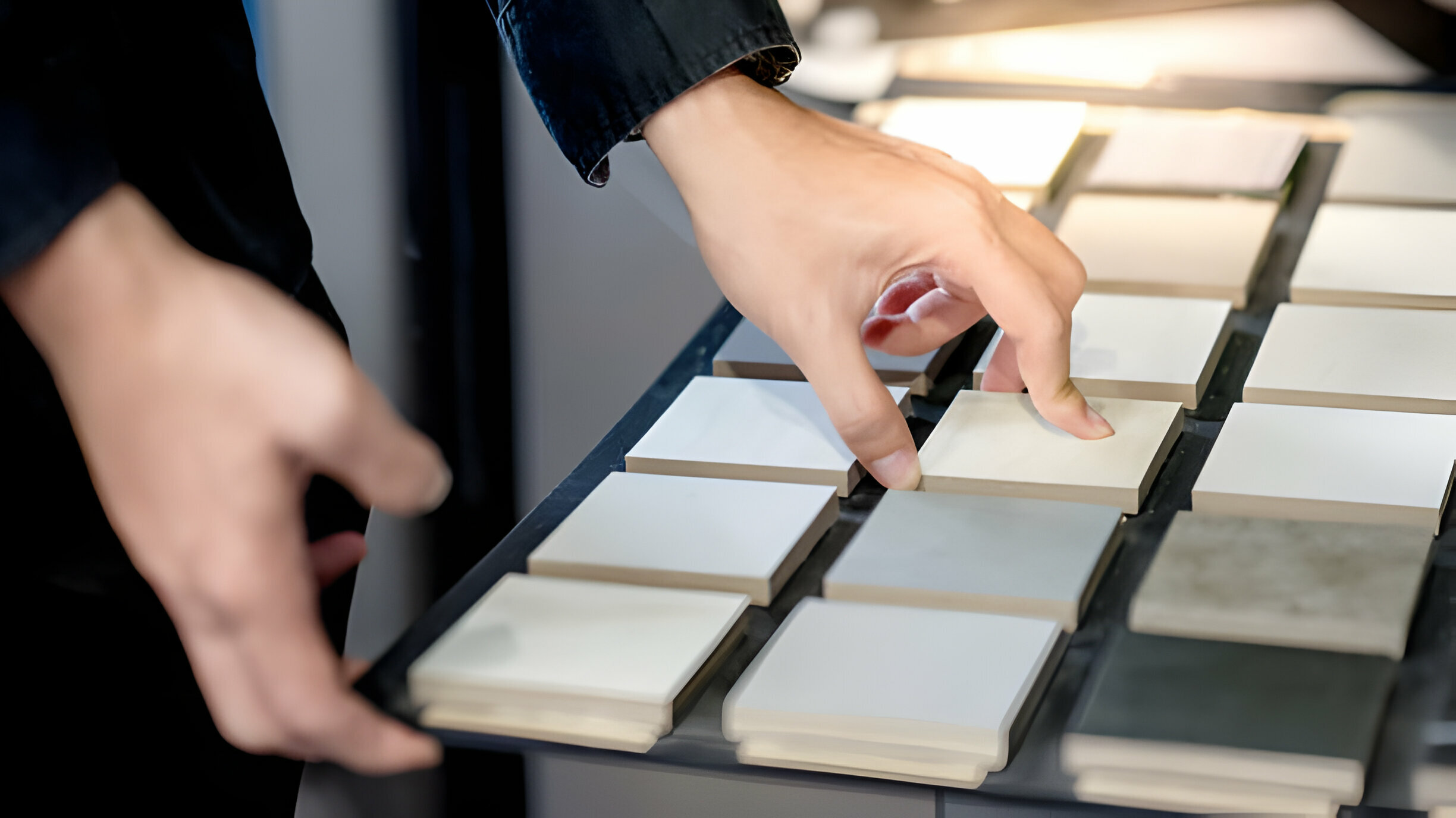Essential Tips for Accurate Material Estimation
Tile Measurement Process
Prior to commencing a tile installation project, it’s crucial to accurately assess the required materials. An inadequate estimation could lead to project setbacks, while an excessive one could result in unnecessary costs and material wastage. The first step in determining tile quantity is measuring the designated tiling area. Here’s how:
Utilize a tape measure to determine the length and width of the area, either in inches or centimeters, depending on personal preference. For areas with irregular shapes, divide them into rectangular or square sections and measure each segment individually.
Calculate the total area by multiplying the length by the width. In the case of segmented spaces, compute the area for each segment before summing them up. For instance, if the floor to be tiled measures 10 feet in length and 8 feet in width, the total area amounts to 80 square feet.
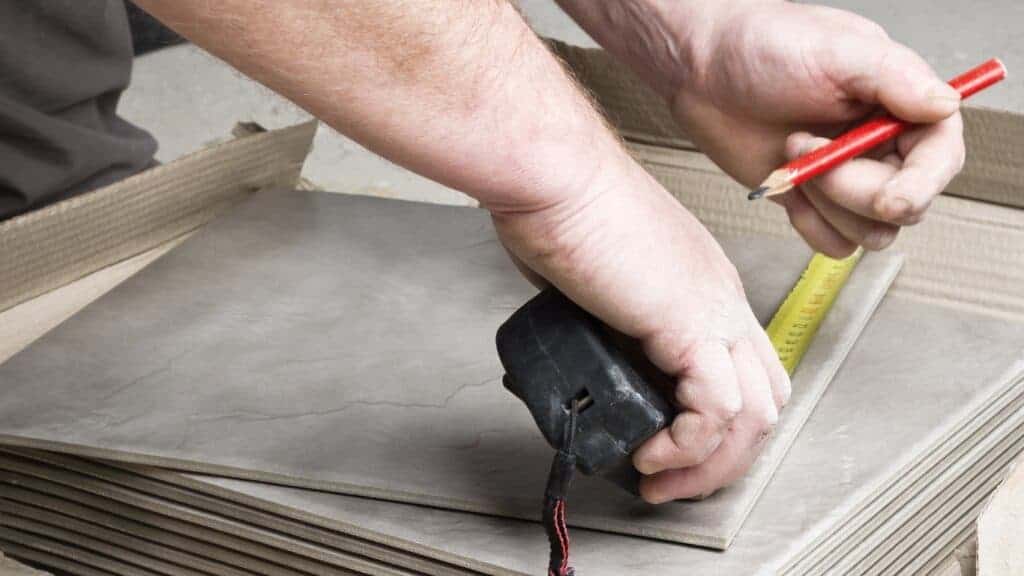
Factors to Consider
Tile Grout Lines
When laying tiles, it’s customary to leave gaps between them for grout, known as grout lines. These lines vary in width depending on factors like tile size and desired aesthetics, with wall tiles typically having 1/16-inch gaps and floor tiles often having wider gaps like 1/8-inch. Manufacturers may specify a minimum grout line width. It’s important to note that these grout lines reduce the effective area covered by each tile, affecting the quantity needed.
Tile Layout Considerations
The layout of tiles can significantly impact the quantity required:
- Straight Lay or Grid: Tiles are placed side by side in rows, resulting in predictable placement and minimal cuts, thus minimizing wastage.
- Diagonal Lay: Tiles are set at a 45-degree angle, adding visual interest but potentially requiring more tiles due to increased cuts, especially along perimeters.
- Herringbone or Chevron: These intricate patterns may lead to more wastage due to the numerous cuts required, necessitating a higher buffer when estimating.
- Other Patterns: Designs like basketweave or windmill can also affect tile requirements, requiring thorough understanding of their intricacies before estimation.
Accounting for Tile Waste
Despite precise measurements, it’s wise to order extra tiles to accommodate breakage, errors in calculations, or future repairs. Ordering 10% more tiles than the estimated requirement for simple projects and up to 20% for complex designs is a common practice.
The Importance of Accurate Estimation
Accurate estimation is crucial for successful tiling projects. By comprehending space measurements, considering grout lines, evaluating tile layout options and allowing for wastage, you can ensure you have sufficient material for the job.

